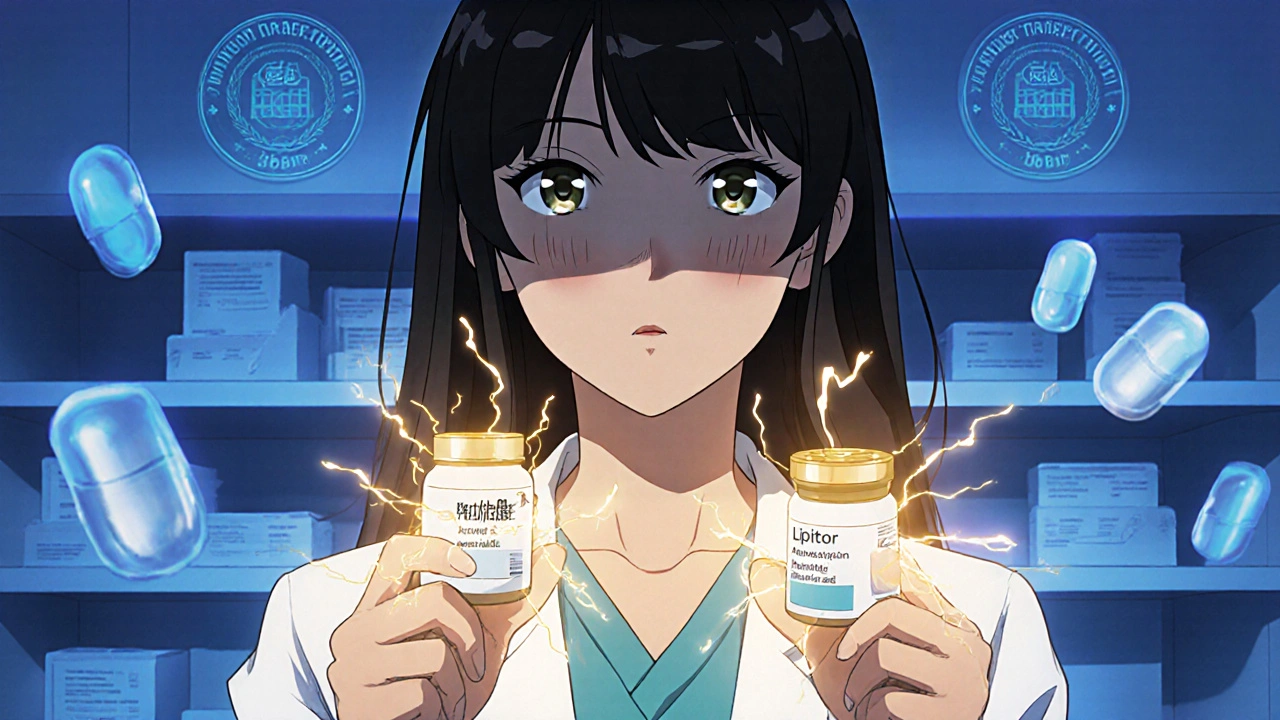Brand Name Drugs: What They Are, How They Compare, and What You Need to Know
When you hear brand name drugs, the original versions of medications developed and marketed by pharmaceutical companies under a patent-protected name. Also known as originator drugs, they’re the first to hit the market after years of research and clinical trials. These aren’t just labels—they represent years of investment, exclusive rights, and often, a higher price tag. But what makes them different from the pills you see on sale for half the cost? And why do some doctors still prescribe them?
Behind every brand name drug, a medication developed and patented by a pharmaceutical company before generics become available is a long road: FDA approval, patent protection, and marketing campaigns. But once the patent expires, generic drugs, chemically identical versions of brand name drugs sold at lower prices after patent expiration can legally enter the market. The FDA requires them to have the same active ingredient, strength, dosage form, and route of administration. So why the price gap? It’s not about effectiveness—it’s about branding, packaging, and who pays for the research. Companies like Pfizer or Merck spend millions launching a new drug, then recover costs through high prices during the patent window. Generics skip that step—they just copy the formula.
But here’s the catch: not all brand name drugs are worth the extra cost. For things like blood pressure pills or antidepressants, generics work just as well. But for complex treatments like biologics—think drugs for rheumatoid arthritis or severe asthma—there’s no true generic. Instead, you get biosimilars, highly similar versions of biologic drugs, not exact copies, that require additional testing for approval. These are trickier, more expensive to make, and often face insurance hurdles. That’s why some patients still end up paying more, even when a cheaper option exists.
And then there’s the issue of access. Insurance plans often push patients toward generics, but sometimes they require prior authorization just to get the brand version—even if the doctor says it’s necessary. That’s why you’ll find posts here about how to navigate those rules, how to spot scams when buying online, and why some people end up paying way too much for something that’s essentially the same medicine.
What you’ll find below isn’t a list of drug ads. It’s a real-world guide to understanding your prescriptions. You’ll read about how GDUFA speeds up generic approvals, why buying cheap bupropion online can be dangerous, how insurance blocks access to biosimilars, and what to watch for when switching from a brand name to a generic. Some posts compare specific drugs—like Cernos Gel vs. Androgel or Tofranil vs. newer antidepressants. Others explain how dose changes can go wrong, or how certain meds can trigger sudden eye emergencies. This isn’t theoretical. These are the things real people deal with every day when they’re trying to stay healthy without going broke.
Generic vs Brand Name Drugs: What the Label Really Tells You and Why They Work the Same
Generic drugs are just as safe and effective as brand-name drugs, but cost up to 85% less. Learn what the FDA requires for therapeutic equivalence, why labels and pills look different, and when to be cautious.
How to Save Money with Generics Without Sacrificing Safety
Learn how to save hundreds on prescriptions by switching to generic drugs without risking your health. Real facts, real savings, and how to avoid common pitfalls.


